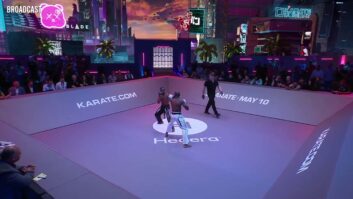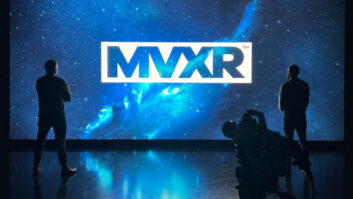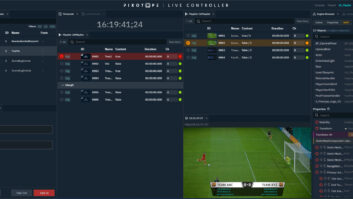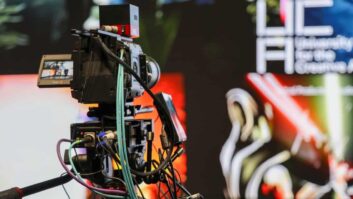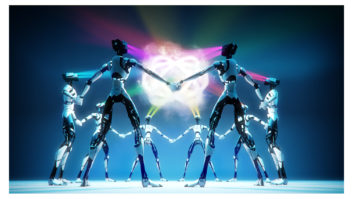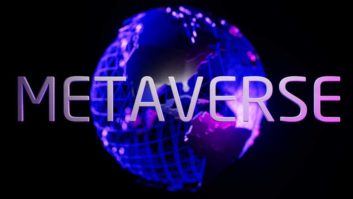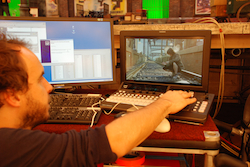
British pre-visualisation specialists Nvisage is to launch a camera-tracking device that is able to reconstruct exact replicas of real environments in the virtual world and in realtime. Ncam-reality works indoors or outdoors and uses natural tracking markers to facilitate traditional cinematography and – previously difficult to track shots – Steadicam and handheld. “Until you can track the film camera accurately and in a robust fashion, you cannot get into virtual production properly,” said managing director Nic Hatch. “Provided you have your pre-production data on board, what will happen at some point is that you can shoot VFX in realtime though the lens. Ultimately you want to be able to view virtual environments and virtual characters and to have them interact with the real environment and actors as true to life as possible. “Ncam is in effect, augmented reality, viewable through a handheld screen or viewfinder. In future it may be possible for actors to view and interact with the virtual world by having it played out directly on their retinas using head mounted displays.” The solution builds on the the company’s on-set virtual camera system called Ncam-Ncode (pictured) which was used on Hugo – work for which Nvizage’s Martin Chamney was awarded a VES for outstanding contribution to virtual cinematography.
Full size camera rigs were encoded and connected directly to a computer. Real camera motions were recorded, driving and synchronising the motion of the virtual camera in realtime. The same previs assets and virtual environments were redeployed as temporary backgrounds, and composited through the green-screen portion of the live image. DOP Robert Richardson, ASC could compose and frame shots while director Martin Scorsese was provided with a visualisation of the virtual sets in context with the live action, in realtime as shots were filmed. This composite material provided reference material for editing, without having to wait for temporary VFX shots. “The work we are doing in pre-viz is effectively that of a digital DOP,” said Hatch. “We do all the heavy lifting around asset creation and animation to give control back to the filmmaker. The virtual camera models and lens field of view are mathematically accurate in our computers and and match the real-world camera and lenses chosen by the DP. With a virtual camera they can rehearse moves, frame and time shots in real spaces augmented with virtual environments.” www.nvizage.com
